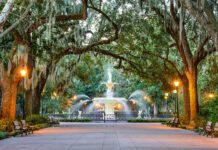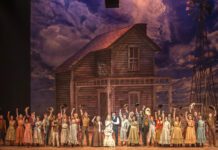Friday-Sunday, Nov. 16-18
The Williams Route 66 Marathon, presented by Blue Cross and Blue Shield of Oklahoma, brings athletes and sports supporters together for a weekend of running, fun and entertainment. Yes, it is possible to have all three at once and in one weekend. Marathon events begin with the Williams Route 66 Marathon Health, Fitness & Sustainability Expo from 11 a.m.-8 p.m. Friday, Nov. 16, at the Tulsa Convention Center. The weekend continues at Veterans Park, 1875 S. Boulder Ave., beginning at 8 a.m. Saturday, Nov. 17, with the 5k run and walk followed by the 1-mile fun run at 9 a.m. Area sports mascots and organization bobble heads are let loose in the mascot dash at 9:30 a.m. Then, the health and fitness expo reopens 10 a.m.-6 p.m. at the Tulsa Convention Center. The big race day begins at 8 a.m. Sunday, Nov. 18, in downtown Tulsa at Seventh and Main streets. The marathon, half marathon and marathon relay all finish at Veterans Park. Festivities, of course, follow. Go online to route66marathon.com for details on the pasta dinner, car show, concerts and more.






















